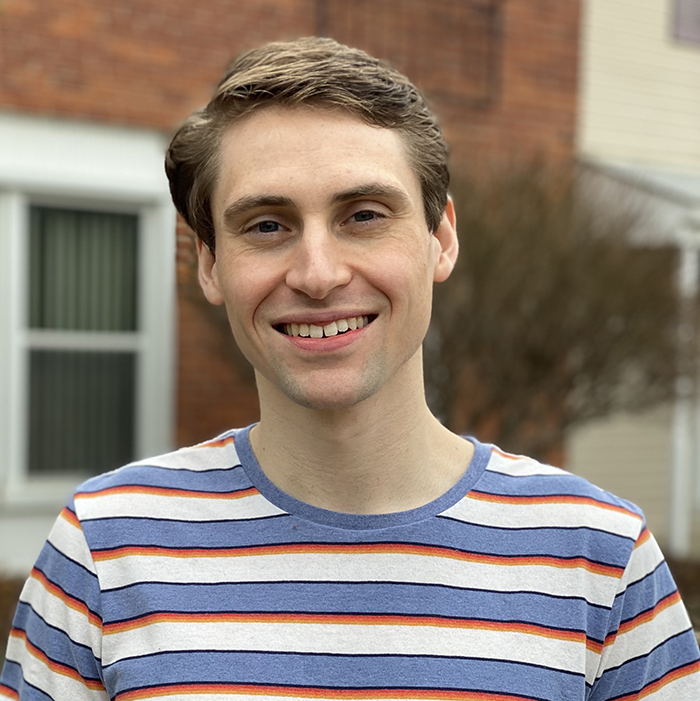Cody Scarborough wins Best Student Paper Award for contributions to Metamaterials research
Scarborough was recognized by the European Conference on Antennas and Propagation for developing a superior method to model and simulate traveling-wave modulation along two dimensions in metamaterials.

 Enlarge
Enlarge
PhD student Cody Scarborough was awarded the Best Student Paper Award at the European Conference on Antennas and Propagation (EuCAP), and he was also a finalist for the Best Electromagnetics Paper Award at the conference. Scarborough focuses on developing methods to rapidly model and simulate traveling-wave modulation in metamaterials, which could facilitate breakthroughs in areas such as next-generation wireless communication, commercial and military radar systems, imaging, antenna systems, and more.
Metamaterials consist of subwavelength patterned cells designed to attain electromagnetic properties which do not arise in nature. Their properties can be varied as a function of space and – more recently – time, to manipulate waves propagating through the structure. The most common form of space-time modulation is known as traveling-wave modulation. In these cases, the time-variation of the metamaterial cells is staggered.
Scarborough previously won the Exceptional Student Contributions Award at the 2020 Metamaterials conference for developing a method that dramatically reduces the computational cost of analyzing traveling-wave modulation along one dimension. In the work presented at EuCAP, Scarborough and his team have successfully applied their computational method to traveling-wave modulation along two dimensions, which enables a higher degree of control on the emitted radiation. For example, it can be used to simultaneously steer and frequency-shift an electromagnetic wave.
“This results in dramatic computational savings,” Scarborough says. “We demonstrated that the memory requirement to solve a particular case of two-dimensional traveling-wave modulation was reduced from 2 TB down to just 187 MB. This can mean the difference between simulating on a high-performance cluster and a personal laptop.”
Scarborough is advised by Prof. Anthony Grbic, and together they’re working on a $7.5M Multidisciplinary University Research Initiative (MURI) to develop time-varying metamaterials. The paper, “The Interpath Relation for Spatially-Discrete Traveling-Wave Modulated Structures,” was co-authored by Scarborough and Grbic.
Prior to joining the University of Michigan, Scarborough earned a B.S. in Electrical and Computer Engineering from the University of Texas at Austin.
 MENU
MENU 
